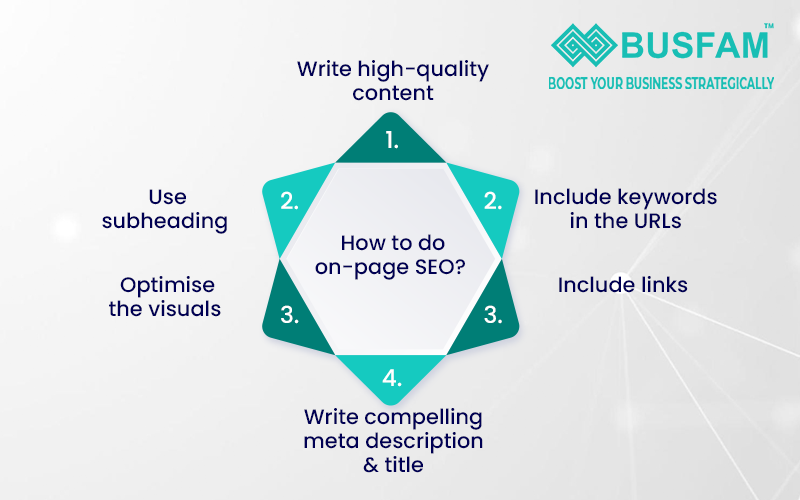

SEO-the three letters which hold great prominence to ensure the success of every online business. SEO stands for Search Engine Optimization and it is a method used to improve the visibility of websites.
You must have heard several times that SEO is extremely crucial and is a reliable way to grow your business. But how?
SEO is an effective digital marketing strategy that helps to make your website more visible in search engine result pages and drive more sales. That means whenever audiences search for any product/service or want to know any information by placing relevant keywords, your website will appear on the top along with competitors’ sites.
Therefore, if you fail to rank your website, another business will have a chance to gain a new audience.
There are mainly two types of SEO- On-page and Off-page SEO which the best SEO company in India emphasize. As a business owner, if you already have a website for your company, it is assumed that you know how SEO works for your business.
Below we will cover everything about on-page SEO right from its definition to the techniques to do this particular type of optimization.
On-page SEO refers to the process of optimising everything on a webpage (Internally) to improve its ranking for users and bring in more customers. This type of SEO has key elements like content, website architecture and HTML.
It is to be noted that on-page SEO refers to optimizing the individual web pages inside a website to enhance their visibility.
There are certain factors which need to be taken care of while considering on-page SEO.
The experts at BUSFAM, the top SEO company in India state the reasons why is it necessary to optimise on-page SEO.
Now, we will come to the most important part i.e., the techniques to do on-page SEO for your website.
Here are some of the ways by which you can optimise the different pages of a website.
This is one of the effective ways to rank your website. Publishing unique content will compel the audience to visit your site, thereby bringing in more organic traffic and boosting its online presence. However, make sure to include relevant keywords in your content. Target keywords which have high search volume with lower difficulty. Also, include visuals in the content to make it more engaging.
Some may tend to ignore the insertion of keywords in the URLs considering it to act as a small ranking factor. Being a top SEO company in India, BUSFAM uses relevant content and keywords in the URL and makes sure that both of them match each other. This helps the users to know what the page is all about in one go.
Both internal and external linking are crucial aspects of SEO. This is because they increase the trust and credibility of the website. They establish the hierarchy of the website and direct the users to the pages from which they can find the necessary information. Adding relevant links to your content increases the chance of search engines identifying your website and ranking it higher.
Write click-worthy meta descriptions and meta titles that provide a summary of the page. Include relevant keywords in both of them. Make sure that the meta description is about 160 characters and the meta title is between 50-60 characters. Google may indeed choose its meta description if it does not align with the search intent but meta title is an important ranking factor.
Including optimised images in the website increases its loading speed and results in improved user experience. Write a descriptive Alt Text in the HTML for the images to provide context for search-engaged crawlers. Try to make the heading of the image concise and clear.
Include H1 and other subheadings on the page to let the audience understand the content quite easily. Make sure to include keywords to add context to the structure of the page and the information you are trying to convey. If required, you can write H2, H3, H4 and so on.

Now, that you have known the techniques, try to implement them in your website to improve its visibility. Remember, SEO optimization is not a one-day task. You need to work continuously to improve your strategies.